-

Aprotinin| 9087-70-1
Package: As customer’s request Storage: Store at freezer Executive Standard: International Standard. -

Trypsin| 9002-07-7
Package: As customer’s request Storage: Store at freezer Executive Standard: International Standard. -

Cytochrome C | 9007-43-6
Package: As customer’s request Storage: Store at freezer Executive Standard: International Standard. -

Chymotrypsin | 9004-07-3
Package: As customer’s request Storage: Store at freezer Executive Standard: International Standard. -
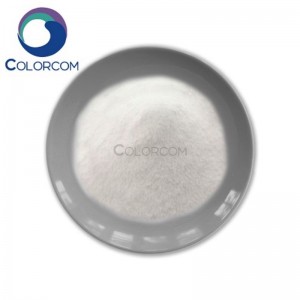
Phosphocholine Chloride Calcium Salt | 4826-71-5
Product Description Phosphocholine chloride calcium salt is a chemical compound used in various biochemical and research applications. Chemical Composition: Phosphocholine chloride calcium salt is composed of phosphocholine, which is a derivative of choline, a vital nutrient involved in various metabolic processes. The chloride and calcium ions are associated with the phosphocholine molecule, enhancing its stability and solubility. Biological Significance: Phosphocholine is a key compone... -
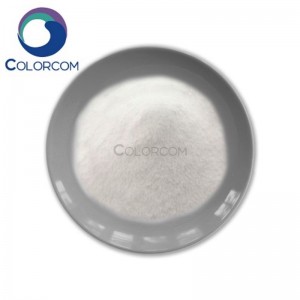
Fludarabine | 21679-14-1
Product Description Fludarabine is a chemotherapy medication primarily used in the treatment of certain types of cancers, particularly hematological malignancies. Here’s an overview: Mechanism of Action: Fludarabine is a nucleoside analog that interferes with the synthesis of DNA and RNA. It inhibits DNA polymerase, DNA primase, and DNA ligase enzymes, leading to DNA strand breakage and inhibition of DNA repair mechanisms. This disruption of DNA synthesis ultimately induces apoptos... -
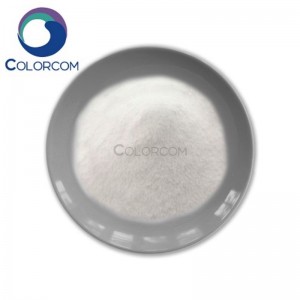
Tacrolimus | 104987-11-3
Product Description Tacrolimus, also known by its trade name Prograf among others, is a potent immunosuppressive drug used primarily in organ transplantation to prevent rejection. Mechanism of Action: Tacrolimus works by inhibiting calcineurin, a protein phosphatase that plays a critical role in the activation of T-lymphocytes, which are immune cells involved in graft rejection. By inhibiting calcineurin, tacrolimus blocks the production of pro-inflammatory cytokines and prevents the act... -
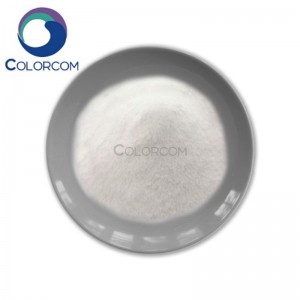
Tetraacetylribose | 13035-61-5
Product Description Tetraacetylribose is a chemical compound that serves as a derivative of ribose, a five-carbon sugar found in RNA (ribonucleic acid) and other cellular components. Here’s a brief description: Chemical Structure: Tetraacetylribose is derived from ribose by replacing the hydroxyl (-OH) groups on all four carbon atoms with acetyl groups (-COCH3). As a result, it contains four acetyl groups attached to the ribose molecule. Biological Context: Ribose is a key componen... -
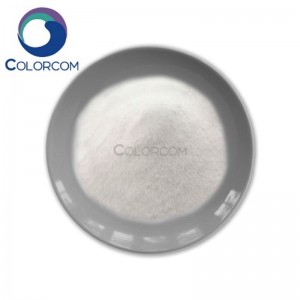
Cytosine | 71-30-7
Product Description Cytosine is one of the four nitrogenous bases found in nucleic acids, including DNA (deoxyribonucleic acid) and RNA (ribonucleic acid). Chemical Structure: Cytosine is a pyrimidine base with a single six-membered aromatic ring structure. It contains two nitrogen atoms and three carbon atoms. Cytosine is commonly represented by the letter “C” in the context of nucleic acids. Biological Role Nucleic Acid Base: Cytosine forms base pairs with guanine thro... -

Adenine | 73-24-5
Product Description Adenine is a fundamental organic compound classified as a purine derivative. It serves as one of the four nitrogenous bases found in nucleic acids, namely DNA (deoxyribonucleic acid) and RNA (ribonucleic acid). Here’s a brief description of adenine: Chemical Structure: Adenine has a heterocyclic aromatic structure consisting of a six-membered ring fused to a five-membered ring. It contains four nitrogen atoms and five carbon atoms. Adenine is commonly represente... -
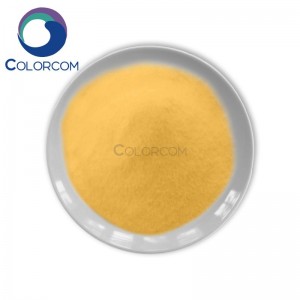
Pyridoxal 5′-Phosphate Monohydrate | 41468-25-1
Product Description Pyridoxal 5′-phosphate monohydrate (PLP monohydrate) is the active form of vitamin B6, also known as pyridoxal phosphate. Chemical Structure: Pyridoxal 5′-phosphate is a derivative of pyridoxine (vitamin B6), consisting of a pyridine ring linked to a five-carbon sugar ribose, with a phosphate group attached to the 5′ carbon of the ribose. The monohydrate form indicates the presence of one water molecule per PLP molecule. Biological Role: PLP is the a... -
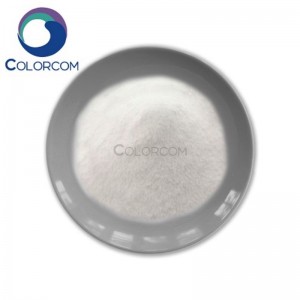
Uridine 5’-triphosphate trisodium salt | 19817-92-6
Product Description Uridine 5’-triphosphate trisodium salt (UTP trisodium) is a chemical compound derived from uridine, a nucleoside crucial in nucleic acid metabolism and cellular signaling. Here’s a brief description: Chemical Structure: UTP trisodium consists of uridine, comprising the pyrimidine base uracil and the five-carbon sugar ribose, linked to three phosphate groups at the 5′ carbon of the ribose. The trisodium salt form indicates the presence of three sodium ions,...

